California SR 127 – A Tour Through Mojave History
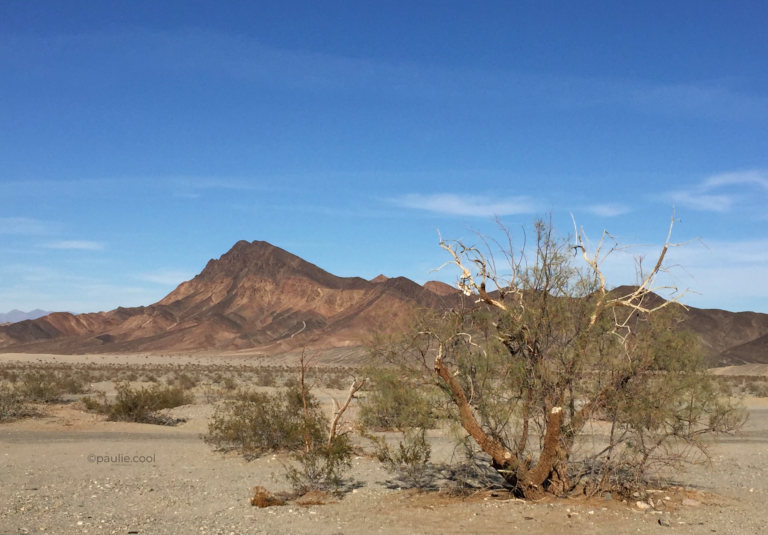
Of the nearly 400,000 miles of road in California, the lightly traveled State Route 127 between Baker and the Nevada State Line is mostly an afterthought, yet it holds within its modest 90 miles of length the entire history of California’s Mojave Desert.
The journey along SR 127 begins in a small desert outpost founded by Ralph Fairbanks in 1908 and originally known as Barry. A short time after its initial founding, the town’s name was changed to Baker, after Richard Baker of The Pacific Borax Company (he’s also the namesake of the mineral Bakerite).
These days, it’s a way station along Interstate 15 between Primm, Nevada and Barstow, California. If you’ve been to Baker at all, there’s probably two things that stick out most. The first is the Alien Jerky place, with its distinctive UFO and Area 51 themes. They have about 800 different types of jerky available, including invisible jerky, which is just an empty bag. They’ll still charge you $8 for it.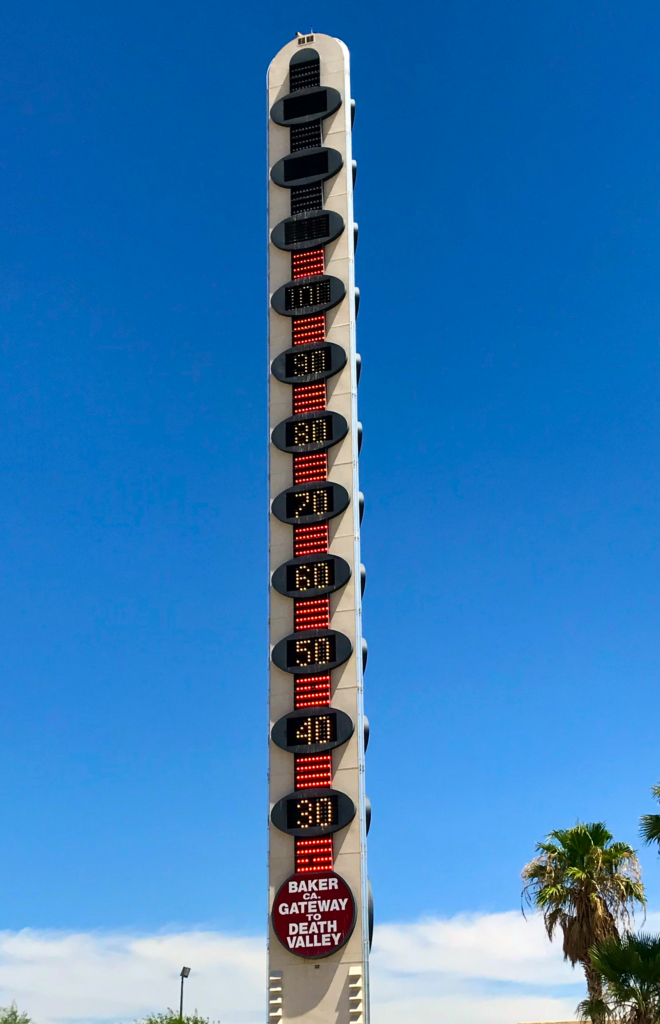
I’ve bought one.
Baker is also host to the “world’s tallest thermometer”, easily visible from the interstate and recently repaired, so it will prominently display the very hot temperature that you’re experiencing as you get out of your car to snap a quick pic before someone has a chance to let you know that it’s only a dry heat.
Just a few miles outside Baker, the noise from the Interstate disappears and the world becomes quiet, save for the wind blowing through the desert scrub and mountains. Depending on the time of year, that silence will soon yield to the staccato pulsing of ATV engines at the Dumont Dunes, named after Harry Dumont of the Tonopah and Tidewater railroad.
Dumont also ran the San Francisco office of the Pacific Borax Company, making him the obvious inspiration to name a wilderness area out in the California desert. It’s doubtful the man ever laid eyes on the dunes that bear his name, though the ATV riders who tear up and down over the 7 billion cubic feet of sand don’t seem to mind.
Beyond the dunes is a steady ascent toward the Ibex Pass, sitting at an elevation of 2,072 feet in the Sperry Hills, named after the daughter of the Pacific Borax Company’s president.
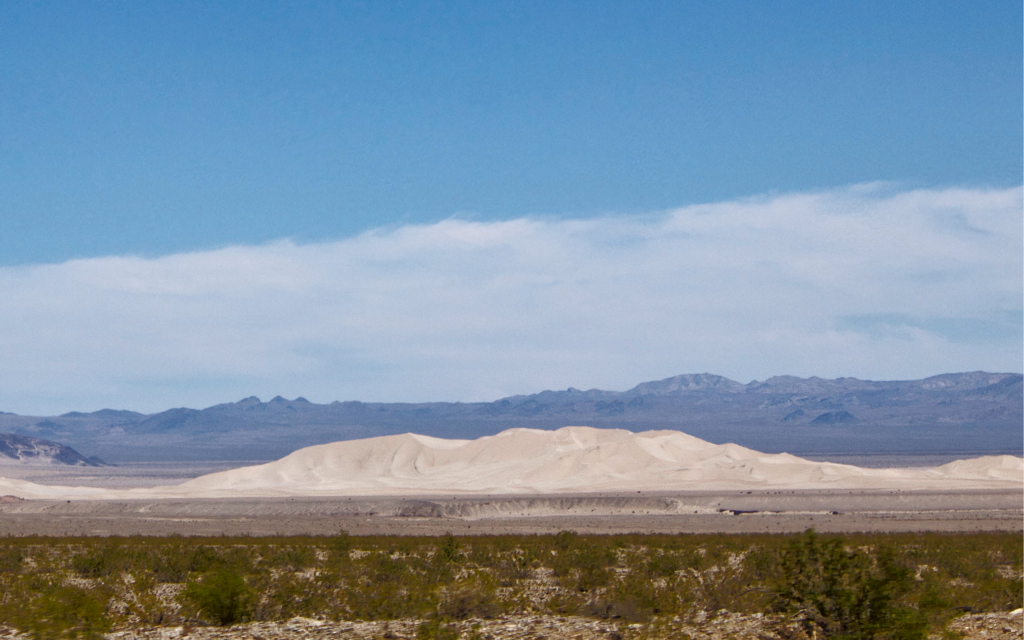 No doubt you’ve already noticed a pattern here, with nearly all the places named after prominent employees of the Pacific Borax Company. There’s good reason for that, and his name is Francis Smith. More than anyone else in the last 150 years, he is responsible for the California Mojave as it is today.
No doubt you’ve already noticed a pattern here, with nearly all the places named after prominent employees of the Pacific Borax Company. There’s good reason for that, and his name is Francis Smith. More than anyone else in the last 150 years, he is responsible for the California Mojave as it is today.
Hailing from Wisconsin, he arrived in the early 1860s looking to make his fortune prospecting in western Nevada. He came looking for silver and gold but found borax. It was in Teels Marsh, Nevada that he would make his fortune and eventually become known as the Borax King, extending his empire across the entire Mojave.
By the 1880s the focus of his operations had moved to Death Valley. Through a series of acquisitions, he’d come to own all the claims in the area, most notably the Lila C mine, about 20 miles south of Furnace Creek.
The Lila C was a prodigious mine originally owned by William Coleman and named for his daughter, Lila, but old Bill Coleman got overextended on funds and to pay his creditors, he sold everything to Francis Smith, who promptly renamed the mine “Ryan” after one of his employees. Smith initiated his own operations at the mine in 1906.
Before you start feeling sorry for old Bill, know that he was a leader of the Committee of Vigilance in San Francisco. They were a vigilante group who usurped civil authority, conducted secret trials, and executed people with the explicit goal of driving the Democratic Party out of the city. This vigilante group was eventually absorbed into the local Republican Party.
Returning to SR 127, the geology of the area transforms dramatically after clearing the Ibex Pass, mostly due to the Furnace Creek Fault Zone and the Amargosa River. The river flows underground for most of its length, but it surfaces in a couple of places, most notably near Shoshone and the Amargosa Canyon near Tacopa. It’s not hard to miss the flashes of green from cottonwood trees and grasses that signal its presence.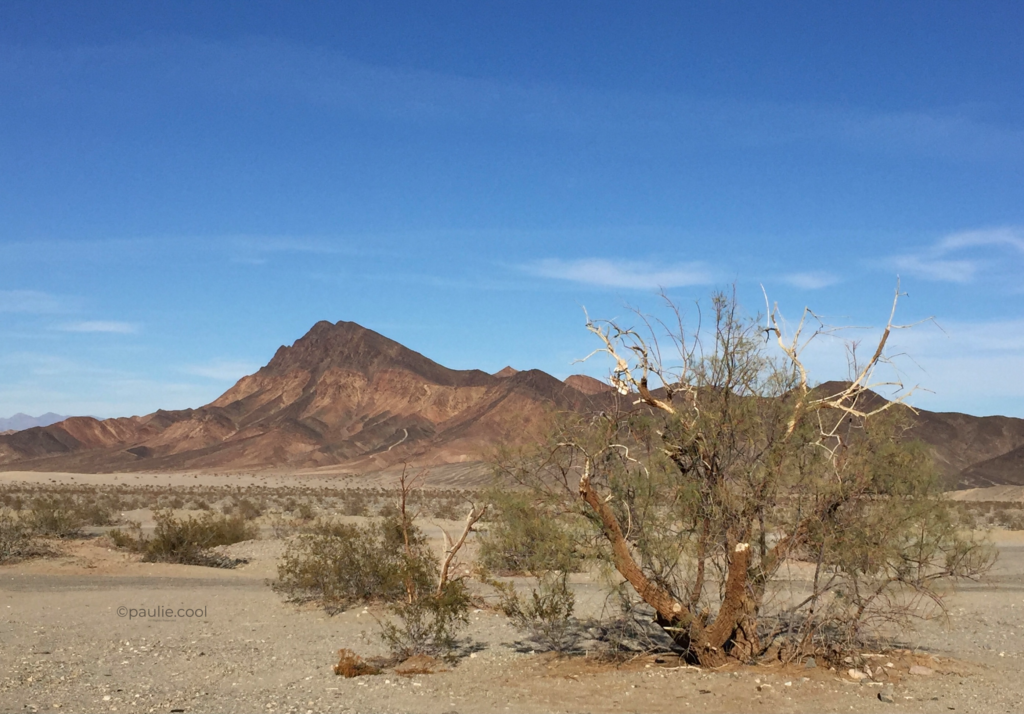
There has always been a way station of some kind in this area thanks to the river, from early indigenous trails to the Old Spanish Trail, followed by the Mormon Road. It was mostly known for the bitter water which could be poisonous to animals, earning its Spanish name.
Most of what’s seen along the road was once under a moderately deep body of water known as Lake Tacopa. According to geologic surveys, it was around long enough to witness at least two eruptions of the Yellowstone Super Volcano. Ash fall from those eruptions has been found in the sedimentary layers of the exposed mudstone, some of which towers over the roadway along these stretches of the route.
Few clues remain to testify to the existence of Lake Tacopa, but the remains of Borax operations, including the old Tonopah & Tidewater Railroad, litter the roadside and beyond. If you were to look at the area on Google Maps, the route of the old railroad is clearly visible, though the rails were pulled in the 1940s for the war effort, and the ties were used to construct many of the buildings in Tacopa Hot Springs (currently a spa and secret foodie haven).
The railroad was the brainchild of our old pal Francis “Borax” Smith, who’d become a powerful magnate as President of the Pacific Borax Company, and who needed a way to move borax from his mines out to the nearest established rail-heads.
He originally used steam tractors and the fabled 20 mule teams, though he was not a fan of either mode of transport. He considered both to be woefully inefficient at moving borax in quantity, so he endeavored to build a railroad to transport the mineral to one of the main lines of the Santa Fe or Union Pacific railroads. From there, the borax could then be quickly moved to refineries on the east and west coasts.
During a meeting with Senator William Clark of Montana, a wealthy copper magnate who essentially owned the state of Nevada during this period, Smith told Clark of his intentions to build the railroad. Clark thought this was a fantastic idea and he told Smith that the railroad should start out of Las Vegas, then have its route head north to the gold and silver fields around Tonopah. He could then build a rail line out to the mines in Death Valley, allowing both men to handsomely profit.
Smith thought this was a capital idea and went about obtaining the men and materiel to build the thing. Now, one of the things to keep in mind about Bill Clark is that he wasn’t just fabulously wealthy, but he was also an extremely busy man. In addition to running his mining company and other vast interests, there were legislators to bribe so he could be elected Senator and men to intimidate and remove from this earthly realm so his operations could continue without restriction.
So, it’s easy to forgive him for forgetting that he was also building a railroad from Las Vegas to Tonopah. Upon remembering this vital fact, he could have met with Borax Smith and come to some sort of understanding. Instead, he decided to passive aggressively stymie Smith at every step of the way.
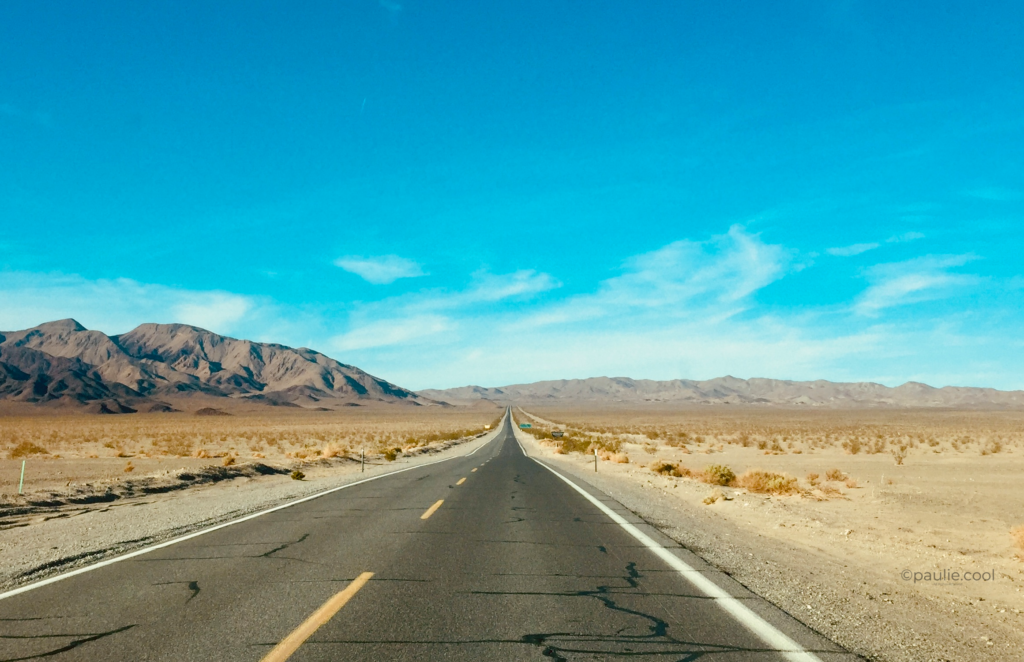 At first, Smith was undaunted, because as a Robber Baron himself, game recognizes game. He’d agreed to purchase all his rail material from Clark, and he likely figured that the Senator was leveraging the privileged position to squeeze as much profit as possible by steadily increasing costs. After all, Smith would’ve done the same thing.
At first, Smith was undaunted, because as a Robber Baron himself, game recognizes game. He’d agreed to purchase all his rail material from Clark, and he likely figured that the Senator was leveraging the privileged position to squeeze as much profit as possible by steadily increasing costs. After all, Smith would’ve done the same thing.
Even when the Nevada Transit Authority suddenly started stonewalling him, he just figured it was Clark’s way of extracting a few more dollars through another one of his fronts. But then Clark noticed another rail line being built in the same general vicinity as his, put two and two together, and tried to contact Clark to ask what was going on.
But Bill Clark ghosted him, because Bill Clark was hiding out in Paris.
Now, at this point you might want to give Clark the benefit of the doubt. Because really, who among us hasn’t given someone a great idea that we really wanted to do ourselves, but then were so afraid of confrontation that we hoped they’d figure it out and go away? Well, here’s what Mark Twain had to say about the man:
“He is as rotten a human being as can be found anywhere under the flag. He is a shame to the American nation, and no one has helped to send him to the Senate who did not know that his proper place was the penitentiary with a ball and chain on his legs. To my mind, he is the most disgusting creature that the Republic has produced since Tweed’s time.”
To be fair, Clark wasn’t in Paris to avoid Borax Smith, though that was assuredly a plus. Instead, he was there to marry his second wife, who was 40 years his junior and had been his teenage ward.
Smith eventually realized the jig was up and abandoned his Vegas to Tonopah rail line. He ultimately decided that he’d have to connect it to the Santa Fe company’s rail line in bustling Ludlow, California, which today is a truck stop along Interstate 40.
He started construction of the Tidewater and Tonopah Railroad in the autumn of 1906 and quickly laid 50 miles of track from Ludlow to the newly renamed Baker. The railway steadily made its way north along the present route of SR 127, climbing the ascent to Ibex Pass, blasting its way through Amargosa Canyon past the Tacoma Hot Springs and eventually to Death Valley Junction, where a spur traveled the final six miles to the Ryan mine.
The railroad eventually made its way up to Gold Center near Beatty, Nevada, but it never managed to make the final 30 miles to Tonopah, Nevada. Neither did it ever go further south than Ludlow and make its way to San Diego (the Tidewater in the railroad’s name). But still, Smith proved that with an alliterative name and some good marketing, you can go far.
As far as 1940. When the mines began to play out, first the old Ryan mine and then its successor, the inventively named New Ryan up near Furnace Creek, the railroad lost its main reason for being.
By this point, Smith had already moved the bulk of his operations to Boron, California, and as the railroad became less profitable, maintenance and upkeep suffered as well. It finally shut down in 1940 with its rolling stock moved or sold off.
During its heyday, the railroad proved beneficial beyond the logistical schemes of Borax Smith. Ralph Fairbanks, who you’ll remember founded Baker as a stopping point along the Tidewater & Tonopah, also founded the town of Shoshone, with its inviting mesquite shrubs and grasses serving as a welcome oasis in the Amargosa Valley.
The town, named for the original inhabitants of the land, is still owned by his descendants and serves as a popular stop for motorcyclists day tripping through the area.
Just a bit of a walk down a dirt trail from Shoshone is Dublin Gulch, a series of dugouts in pale mudstone. Unlike their equivalents in North Africa, these are small, primitive holes hewn from the stone. Most feature only a few basic amenities like a bed and perhaps a stove.
Far from being grand abodes, these tiny caves were basically escape pods for impoverished prospectors and miners to escape the blistering heat of the summer, as well as the bone chilling cold of the desert winter. They stand as a testament to the extremes of the land, as well as the bullheaded tenacity of the people to remain in the same spot all year round.
The Shoshone who preceded them followed a different rhythm. They would ascend the mountains in the summer to escape the heat and then descend to the valleys in the winter.
After departing Shoshone, it’s easy to feel a real sense of departure from the world. There are few, if any, signs of human activity. No buildings, nor even the remains of buildings, can be seen from the road. Cell service is non-existent. It’s just the road and the desert expanse beyond the horizon, eclipsed by the Greenwater and Resting Spring ranges to the east and west.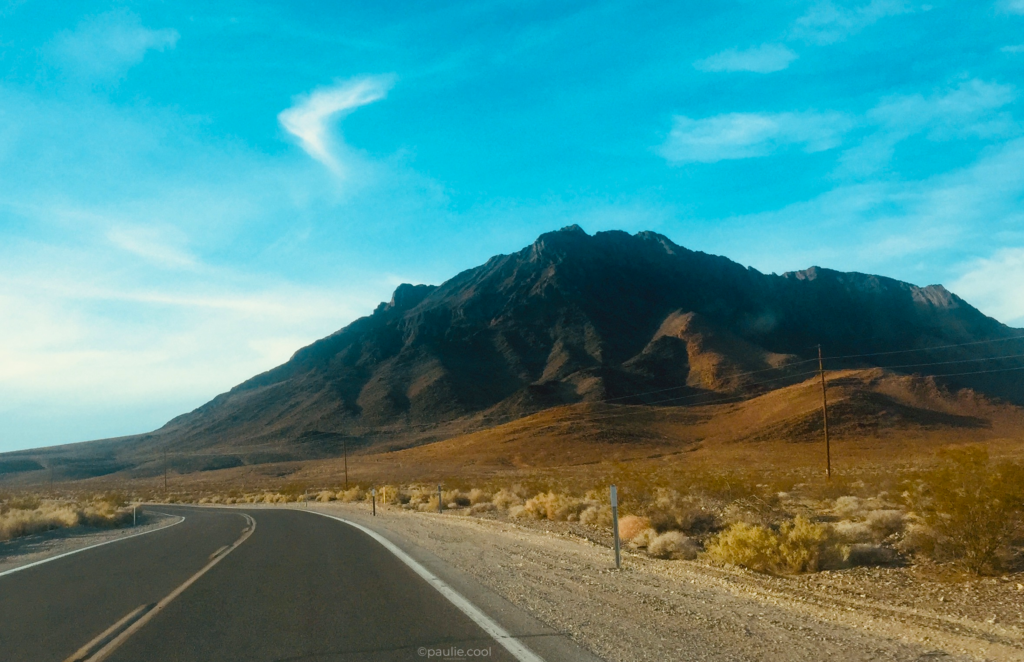
The landscape of the valley itself is dominated by Eagle Mountain, a lone sentinel towering 3,800 feet into the sky. Those who climb and summit this peak are rewarded with stunning views of the valley below and the mountains beyond. Only an adventurous few are known to have done so.
Rounding around Eagle Mountain is the last major stop on the Tidewater & Tonopah Railroad, as well as SR 127 itself — Death Valley Junction, named so because it was the literal junction between the Death Valley and T & T railroads, with the initial spur from the main rail line going up to the Ryan mine. When the original Ryan mine finally played out in 1913, a 20-mile line was built to the New Ryan mine near Furnace Creek. This longer line would be named the Death Valley Railroad.
Death Valley Junction was a company town. The Pacific Borax Company constructed all the housing and maintenance facilities, a few of which still stand to this day. They also built a hotel and community center in the 1920s to house, feed, and entertain employees, as well as visiting executives and various personages of note.
A building like this was an extreme oddity in one of Borax Smith’s mining camps, as none of his other locations featured anything like it. It was likely built for PR purposes in response to reporting done by your dad’s favorite Western writer, Zane Grey, who revealed how poorly the Pacific Borax Company treated its laborers, many of whom didn’t last six months in the brutal conditions and heat.
The facility, built in the Spanish colonial revivalist style, fell into disuse and disrepair after the railroad went bankrupt in the 1940s and its materials were removed and sold off.
A few years after the borax magnates and miners abandoned the area, the Age of the Colorful Characters arrived. Scofflaws, hippies, as well as members of a certain murderous family in the 1960s all took their turns inhabiting the area for a time before moving on or burning out.
For the most part, they were people who weren’t as interesting or clever as they thought they were and who were mostly celebrated by mediocre urbanites for their novelty factor. However, there were some truly exceptional people who arrived and settled Death Valley Junction.
Marta Beckett, the story goes, got a flat tire here and fell in love with the old, dilapidated Pacific Borax community building. At the time, it was a rundown recreation hall, so she set about restoring and transforming it into the Amargosa Opera House and Hotel.
It was here that she began painting murals on the walls which would eventually cover the entire interior, giving the appearance of an expansive 16th Century Opera Hall. Part Vaudeville, part high art, the effect was to remove those who entered from the mundane world just outside the door and transport them into a space seemingly existing outside of place and time.
During the early years, Marta would perform mostly for herself in an empty room. Occasionally, locals or the odd tourist would happen to catch a performance. But it wasn’t until she was featured in national magazines that a steady stream of people began visiting regularly to catch her performances. Ray Bradbury even caught a show once or twice.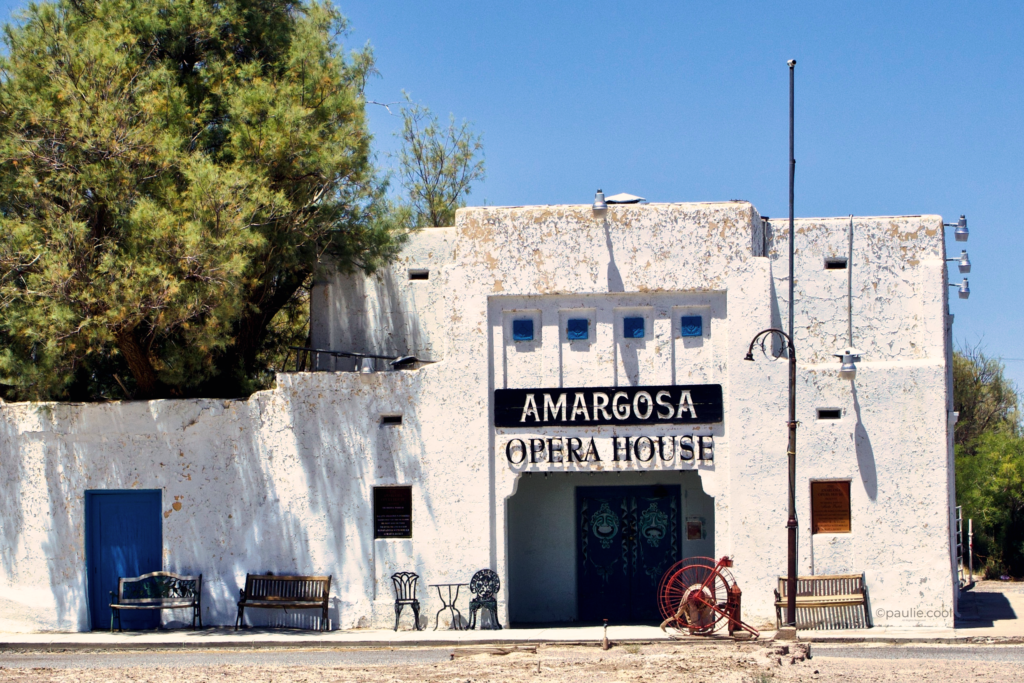
Marta continued performing and entertaining visitors until her death in 2017. Her Opera House is maintained by the foundation she established, and the cafe itself is still open for business.
Not much else remains of Death Valley Junction, save the defunct garage and service station where Marta likely had her tire fixed during that fateful stop. In recent years, the Shoshone tribe secured land from the federal government near the Opera House, where they’ve set up a cannabis dispensary, which is probably the newest structure built in the area in the last 70 years.
SR 127 itself continues for a few more miles until it reaches a giant fiberglass cow at the Nevada State Line, which is where our tour through history ends as well.
It’s hard to understate Pacific Borax Company’s impact on the Mojave. It was blasted and shaped to accommodate new rail lines that were laid down to transport the mineral to the transnational rail-heads of the Union, Pacific and Santa Fe railroads. Their paths are still visible by air to this day, though the tracks themselves were pulled up long ago.
Many of the companies that were established to exploit and profit from the forbidding terrain are gone, but their successors continue to extract borax minerals from the earth, with large operations in the Searles Valley, as well as the massive Rio Tinto pit mine in Boron, California. It’s currently the world’s largest borax mine, supplying half of the global supply.
Francis Smith and his Pacific Borax Company transformed the economy and politics of the region. His employees not only lent their names to the various towns and geologic features of the region, but they also wormed their way into the mechanisms of government itself. In fact, the first director of the National Park Service, Stephen Mather, was himself a Company man. He was the one who came up with the “20-Mule Team Borax” name used to market the company’s products.
Standing on the quiet valley floor of the Amargosa, with nothing but the wind and your thoughts to interrupt the solitude, it’s hard not to appreciate the transitory nature of human activity in th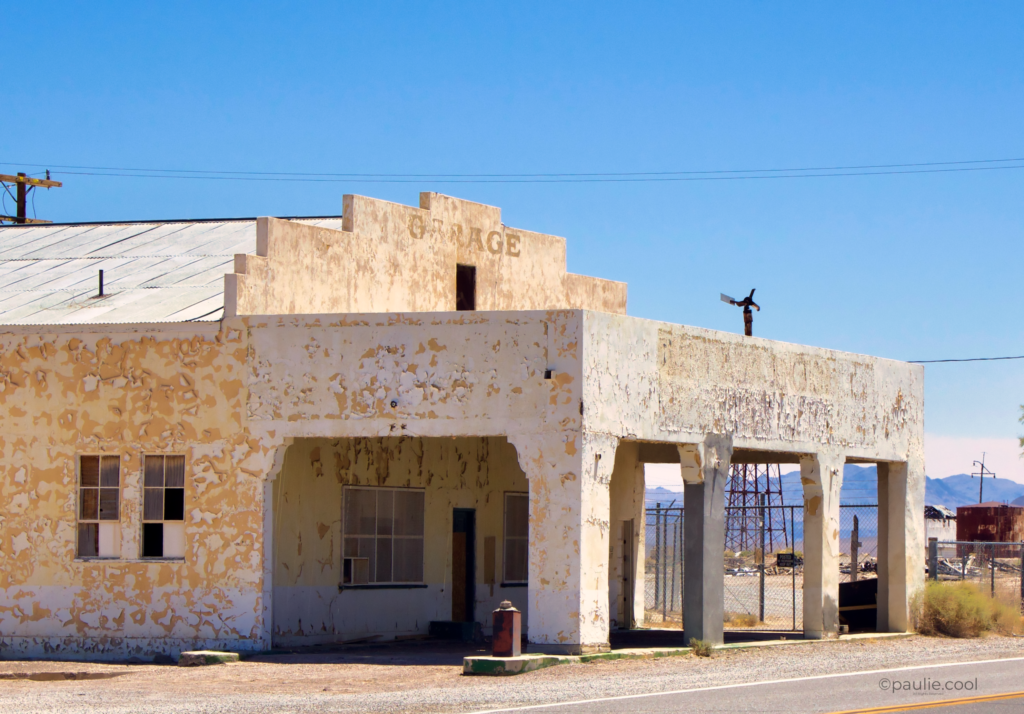 e area. The people who came here to work the mines, railroads, and stores were momentary beneficiaries of a mad rush for borax. But once the mines ran out, so did they.
e area. The people who came here to work the mines, railroads, and stores were momentary beneficiaries of a mad rush for borax. But once the mines ran out, so did they.
It all disappeared, as if the fever dream of a lunatic.
The true benefactors of all this activity were the people of the Bay Area.
It was in San Francisco where Smith focused his philanthropic efforts, particularly the mass transit and rail systems that were the progenitors of today’s Bay Area Rapid Transit System. For him, the desert was nothing more than a bank from which he would make massive withdrawals to fund his personal ambitions. What happened to it and the people who lived here were of no concern to him.
And so what of the Mojave and the Desert West? Do they have no value beyond exploitation? Was the West, particularly the Basin and Range region east of the Sierra, never meant to be more than a waste filled with mine shafts, tailings, and the crumbling remains of human activity?
The roll call of towns that briefly flourished and disappeared is vast. In Nevada alone, there are more ghost towns than actual cities, though a handful are still populated by a hardscrabble few who manage to hold out against the tides of time.
The story of the Desert West, and of State Route 127 in particular, is one of rapacious plunder and transitory towns erected by motley bands of opportunists buzzing around a magnates’ claim until it tapped out, and then moving on to the next one, leaving behind a scarred land and discarded trash.
But it’s also the story of appreciation and renewal.
Once the money men were gone, the land attracted misfits and outlaws, as well as the mediocre and the miscreants.
This is not a soft land for sane people.
For most, the sun blasted mountains and salt pans filled with prickly, half dead scrub are a hazard to safe navigation; something to just get through before reaching more agreeable climes.
But there would eventually be those who arrived here by chance and became utterly enchanted by the area. Some would leave it for a time, but they would remain haunted by it until they were compelled to return and devote their lives to it.
They would come and then they would build. And they would seek to protect that which they loved; to cultivate it, and to encourage the beauty that they saw to flourish, and in so doing, enrich not only their own lives, but those who followed them.
These are the people who value the desert for what it is, not just what it can do for them.
Who knows what the future holds for the Mojave. Death Valley itself has been preserved for a time, until moods or mores change to lift the protections that it currently enjoys.
Climate change is bringing increased drought and heat to an already dry and thirsty land, a trend that shows no signs of abating.
Perhaps there will be a new rush for some resource that will suddenly become astronomically valuable, beginning the cycle anew. Or perhaps all that is here now, and the society responsible for it, will decay and disappear, and those that were here before will tend to it again.
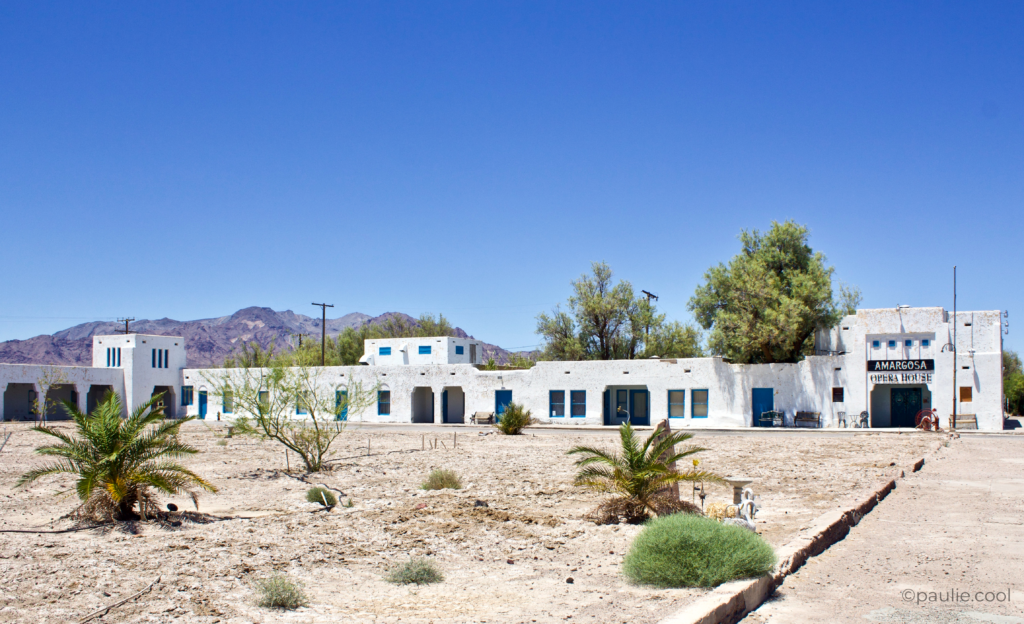
Leave a Reply